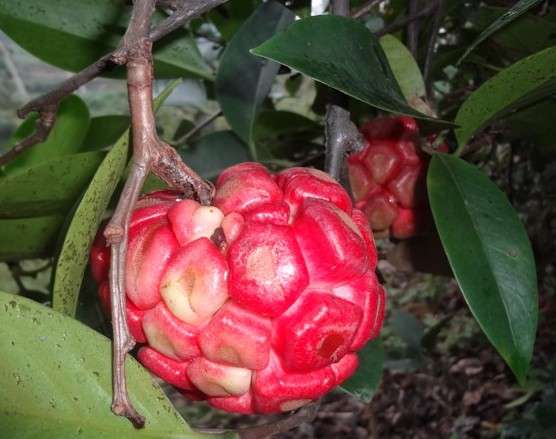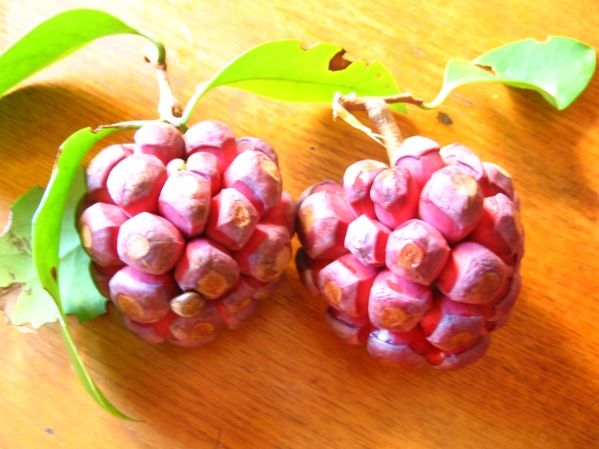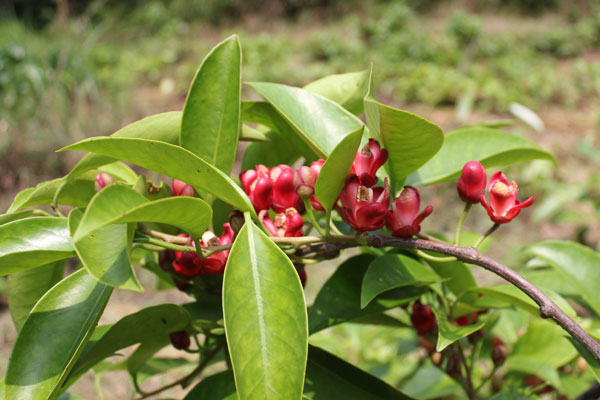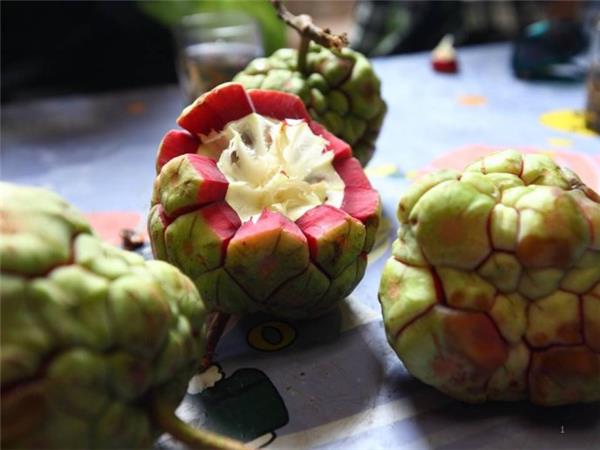Detailed explanation of the breeding method and function of Bufuna
Bufuna's planting needs to pay attention to a lot of things before planting, let's take a look at it together.

I. planting techniques and cultivation management of Bufuna
1. The choice of garden. Bufuna is not strict on the soil, generally can grow peach, plum, jujube, persimmon, pear, apple, grape, loquat soil, but the acid sandy soil is the most suitable.
2. The cultivation mode and time of Bufuna. Bufuna is a vine, which can be cultivated either by scaffolding or by hedgerow or potted plants. Scaffolding can plant about 120 plants per 667 square meters, with a row spacing of 2 meters X 3 meters, and hedges can plant about 300 plants per 667 square meters, with a row spacing of 1 meter x 2 meters. It can be planted in the south from December to March of the following year and in the north from March to April in spring.
3. Collocation of male and female plants. Bufuna is a dioecious plant. When cultivated, it should be planted according to the ratio of female plant to male plant at 9:1, which is beneficial to cross-pollination and artificial pollination at flowering stage to increase yield.
4. The cultivation method of Bufuna. Bufuna has more fibrous roots, and most of them are distributed in the shallow soil layer. Therefore, when planting in mountainous and hilly areas, burrowing does not have to be too deep, with 0.6 meters in length, 0.6 meters in width and 0.5 meters in depth; plain, vegetable garden and rice fields do not need to dig holes or dig trenches, it is best to use ridging planting.

5. Bufuna's fertilizer and water management. 2000 kg of farm manure and 100kg of calcium, magnesium and phosphorus should be used as base fertilizer for every 667m2. During topdressing, thin fertilizer should be applied frequently, preferably with fermented rotten cake fertilizer and farm manure, and non-hanging fruit seedlings should be fertilized once a month, mainly nitrogen fertilizer, and once every 10 days after fruit hanging, mainly phosphorus and potassium fertilizer.
6. Pruning technology. Pruning is usually carried out one month before blooming in winter. On the one hand, trim excess branches; on the other hand, cut off winter buds. Scaffolding cultivation generally does not need pruning, and hedges or pots should be pruned to control the tree type and ensure the yield (Bufuna's main branch is the vegetative branch, which is the branch that controls the tree type, and the side branch is the fruit branch, which is the branch that controls the fruit).
7. Control of diseases and insect pests in Bufuna. The disease resistance is strong, mainly termites harm roots, inchworm harm leaves and buds.
(1) to control termites, lime, plant ash or carbofuran can be applied to the planting hole before planting.
(2) the control of inchworm can spray 20% fenvalerate 2000-3000 times on the crown.

Second, the efficacy and function of Bufuna.
Watch: Bufuna, the stems and leaves are green all the year round, it is to watch and make bonsai. Landscaping, a good seedling for the development of sightseeing agriculture, is known as the first strange fruit in the world.
Edible: the fruit is delicious and sweet. The flesh is like grape, pulp, sweet and fragrant; meat color such as litchi, milky and delicate; fruit, such as apple, rich and pleasant; good color, aroma and taste. Watching it is a feast for the eyes; hearing it makes people spit and spit.
Medicine: gastric and duodenal ulcer; chronic gastritis; acute gastroenteritis; rheumatism arthralgia; fall injury; fracture; dysmenorrhea; postpartum blood stasis abdominal pain; hernia. Pregnant women should take it carefully.
Hepatoprotective effect: Bufuna was used to study the protective effect of Bufuna on liver injury induced by carbon tetrachloride in rats. The experimental results showed that Bufuna had a good effect of reducing enzyme, protecting hepatocytes and anti-hepatic fibrosis. It is further proved that the effects of Bufuna on reducing enzymes, protecting hepatocytes and anti-hepatic fibrosis are related to its anti-lipid peroxidation.

It seems that Bufuna not only looks quite attractive in appearance, but also has a very valuable plant inside. If you raise a Bufuna tree at home, it can not only play a pleasing role in the eyes, but also taste delicious and sweet healthy fruit in the fruit.
- Prev

The difference between Red Raspberry and Strawberry cultivation techniques of Red Raspberry
The difference between Red Raspberry and Strawberry cultivation techniques of Red Raspberry
- Next

What if the hairy crab claw orchid is rotting? how to cultivate hairy crab claw orchid?
What if the hairy crab claw orchid is rotting? how to cultivate hairy crab claw orchid?
Related
- Wuhan Hospital Iron Tree Blooming Result Was Instantly Frightened by the Gardener Master
- Which variety of camellia is the most fragrant and best? Which one do you like best?
- What is the small blue coat, the breeding methods and matters needing attention of the succulent plant
- Dormancy time and maintenance management of succulent plants during dormancy
- Minas succulent how to raise, Minas succulent plant pictures
- What are the varieties of winter succulent plants
- How to raise succulent plants in twelve rolls? let's take a look at some experience of breeding twelve rolls.
- Attention should be paid to water control for succulent plants during dormant period (winter and summer)
- Watering experience of twelve rolls of succulent plants
- Techniques for fertilizing succulent plants. An article will let you know how to fertilize succulent plants.

